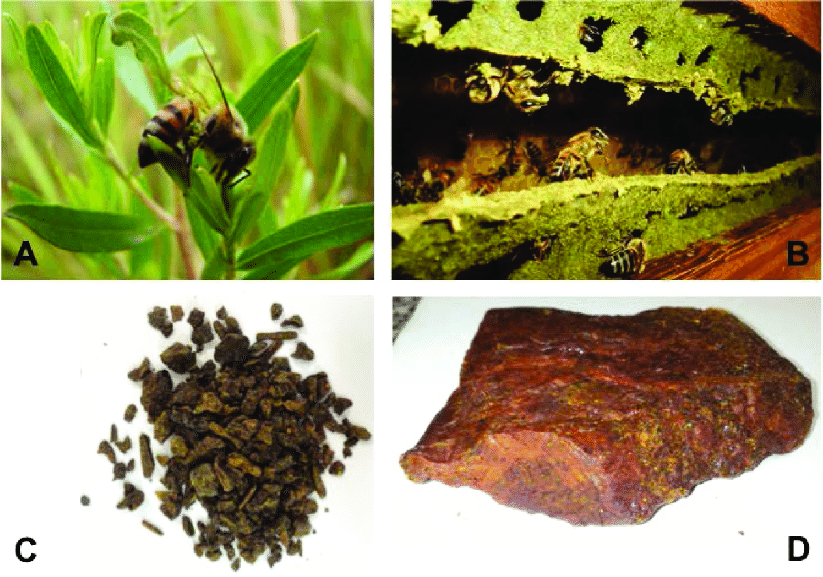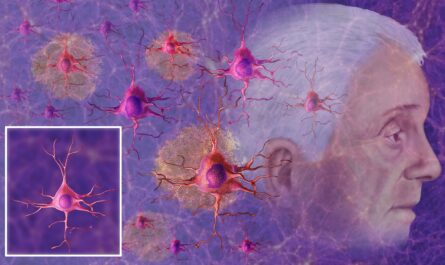A recent study conducted by researchers from São Paulo State University (UNESP) and the University of Southern Denmark (SDU) has demonstrated the antitumor properties of artepillin C, a substance found in Brazilian green propolis. Propolis, a natural ingredient used in traditional medicine, has gained attention for its various health benefits, including antioxidant, anti-inflammatory, antimicrobial, antitumor, and immunomodulatory properties. The composition of propolis varies based on factors such as its origin, geographic location, and the bee species that produces it.
They discovered that the main component of this propolis is artepillin C, a phenolic compound primarily found in the resin of a native Brazilian plant called Baccharis dracunculifolia, also known as alecrim-do-campo. This plant is known to have antitumor properties.
Previous studies have shown that artepillin C can alter model biological membranes, which are thin films surrounding living cells, especially when the pH of the medium in which they are placed is varied. Building on this knowledge, the researchers sought to understand how healthy cells and tumor cells would behave when exposed to artepillin C. They focused on fibroblasts, the primary cells responsible for the healing and maintenance of connective tissue, and glioblastoma cells, the most common primary brain cancer cells.
To investigate the effects of artepillin C, the researchers varied the pH of the culture medium to create a more acidic microenvironment, similar to what is found in tumor tissue. They then conducted a detailed analysis of the propolis’ effects on cell membranes, using an optical microscope to observe the integrity, fluidity, and morphology of the membranes. The results showed that artepillin C interacted intensely with tumor cells, altering their fluidity and ability to reorganize. It also triggered a process called autophagy, which involves the degradation of abnormal or malfunctioning cellular components.
Wallance Moreira Pazin, a professor at the Department of Physics and Meteorology at UNESP’s Bauru School of Sciences and the first author of the study, stated that this research not only provides insights into the mechanism of action of artepillin C but also contributes to a deeper understanding of its potential use in cancer treatments. However, Pazin also highlighted certain challenges that need to be overcome, such as the low absorption and bioavailability of artepillin C when administered orally or topically. Strategies like the use of nanocarriers for controlled release could potentially enhance its therapeutic action.
In conclusion, this study sheds light on the antitumor properties of Brazilian green propolis and its main component, artepillin C. Further research and innovative strategies will be needed to harness the full potential of this natural substance in cancer treatment.
Note:
1. Source: Coherent Market Insights, Public sources, Desk research
2. We have leveraged AI tools to mine information and compile it




